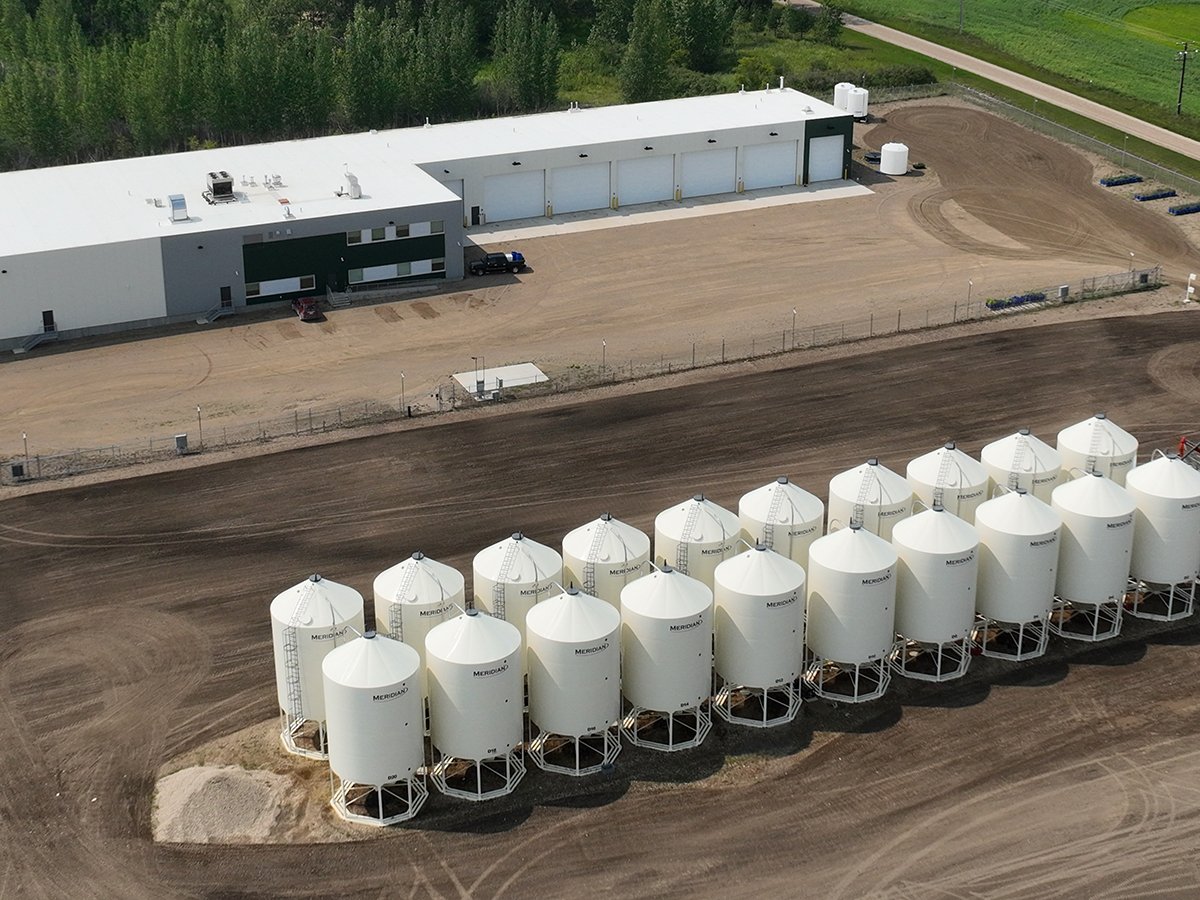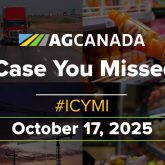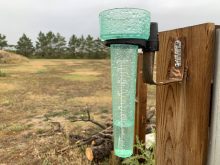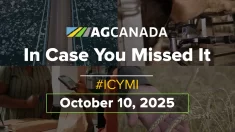There was no conga line or clinking of champagne glasses at the offices of the Western Grains Research Foundation last week.
The farmer-run research funding organization learned Dec. 30 that it was in line to receive $68,743,292 from the two national railways as a result of the rail companies exceeding their grain revenue caps.
But WGRF executive director Lanette Kuchenski said there is no reason for celebration.
“We realize this isn’t the WGRF’s money,” she said.
“It’s farmers’ money and we simply try to be the best stewards of it we possibly can.”
Read Also

Saskatchewan firm aims to fix soil with compost pellets
In his business, Humaterra, Leon Pratchler is helping farmers maximize yields in the weakest areas of their fields through the use of a compost pellet.
She added that when WGRF was selected as the recipient of excess rail revenue when the cap was set up in 2000, nobody expected it would ever involve the enormous sum of money announced last week.
Before this year the railways have exceeded the cap on five occasions (three times for Canadian Pacific Railway, twice for CN), for a total of about $8.9 million.
The WGRF places revenue cap money into its endowment fund, leaves the principal untouched and uses interest earnings to fund research projects involving a wide variety of crops.
There is $14 million in the fund, which has produced annual payouts ranging from $350,000 to $700,000 over the years.
If the full $68 million was added to the fund, that would result in annual payments of around $3 million a year, based on current interest rates.
“We would have no problem spending that,” said Kuchenski, adding the WGRF now funds only about 10 percent of the research applications it receives.
Some in the industry, including the WGRF, say that ideally the railways’ excess revenue would be returned directly to farmers, who paid the freight rates.
But coming up with a fair and efficient way of doing that is a daunting task.
“It would be great to pay it back to individual farmers but the administrative costs of that would be horrendous,” said Robert McLean, vice-president of Keystone Agriculture Producers.
He said one alternative might have been to split that $68 million over three years, reducing the cap by roughly $23 million a year.
At the same time, he acknowledged this is a one-time event that will almost certainly never be repeated, so it might be best to just live with it.
Under the legislation, the railways must pay the full amount to the WGRF within 30 days of the announcement.
It’s likely the money will be paid into a trust or escrow account under the control of a third party.
“The railways are really hesitant to give up any ownership of this money right now,” said Kuchenski, adding the foundation is involved in negotiations with CN, but has had no contact with CPR on the issue.
She said the WGRF has no strong objections to that idea, but feels there is no reason the money couldn’t be put into the WGRF’s trust account as in previous years.
“We have never touched the principal and the investments are such that we would never compromise it,” she said.
The foundation will hold the money in trust until any possible court appeals have been dealt with.
Both rail companies are considering seeking leave to appeal the Canadian Transportation Agency’s ruling on hopper car maintenance costs to the Supreme Court.














